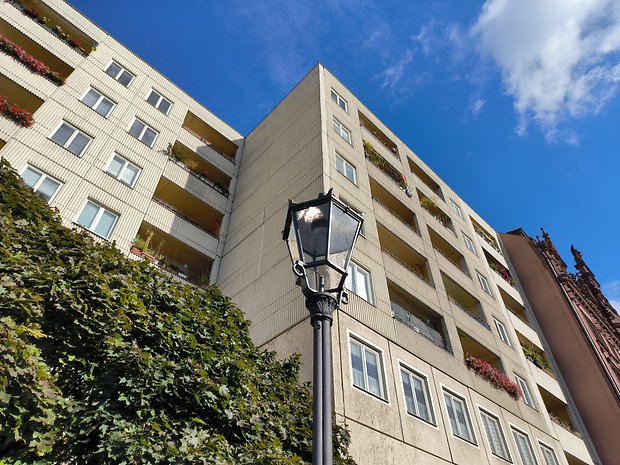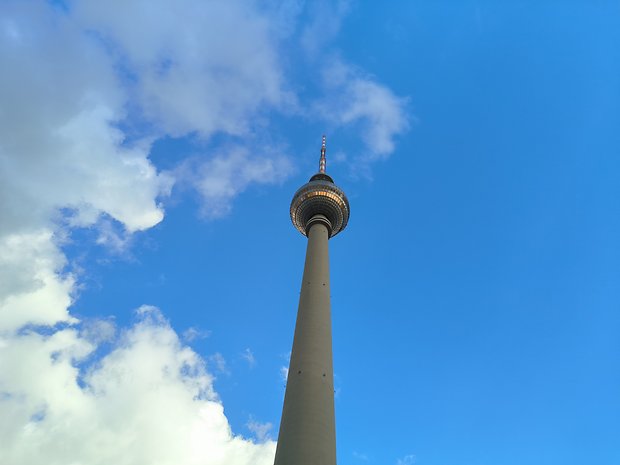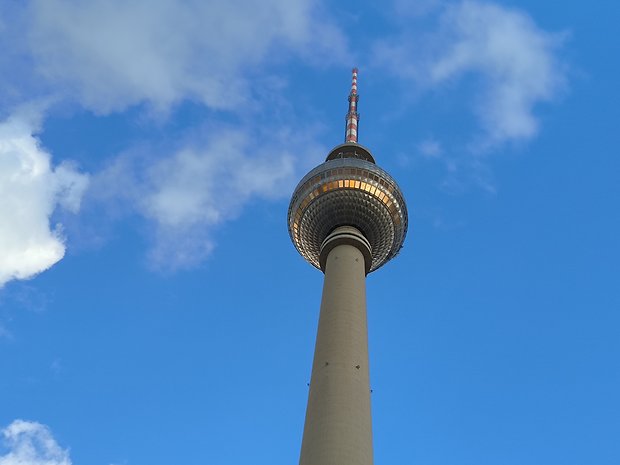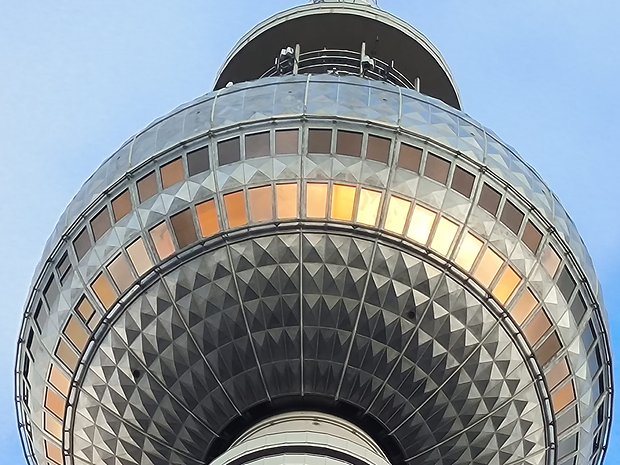Xiaomi 12T hands-on: When having 200 MP doesn't matter


Xiaomi unveiled the Xiaomi 12T and Xiaomi 12T Pro today after a few "China only" presentations like the Mix Fold 2. The former comes equipped with a spectacular 200 MP camera, while the other is a bit more discreet at "just" 108 MP resolution. The NextPit editors found it challenging to spot the difference between the two models after checking them out. This article focuses on the more affordable Xiaomi 12T, while you can read the first hands-on of the Xiaomi 12T Pro here.
Good
- High resolution AMOLED display with 120 Hz refresh rate
- Not as expensive as expected
- Sufficiently fast processor
- Photo results are pleasing
- 120 watt HyperCharge
Bad
- No wireless charging support
- Meaningless 2 MP macro camera
- No IP certification
- Worst update policy
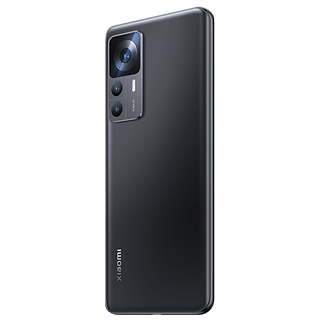
Xiaomi 12T in a nutshell
Xiaomi kept us waiting for a long time until another "flagship" was announced for the global market. The time has now come again with the Xiaomi 12T and 12T Pro. Unfortunately, the Chinese company gradually moved away from its reputation as a cheap smartphone seller over the years. The Xiaomi 12T with its MediaTek Dimensity 8100 costs $599.90 and $649.90, respectively. It even comes with a $799.90 sticker price for the Xiaomi 12T Pro, which is most probably due to the Snapdragon 8+ Gen 1 SoC and the 200 MP camera.
Both smartphones come with 8 GB of LPDDR5 RAM and 256 GB of internal UFS 3.1 program storage. The base model will also feature an 8 GB RAM/128 GB storage variant, but this is not really recommended in view of the lack of expansion options via a microSD card. Xiaomi does not make any differences in terms of color selection, either. Interested customers can choose between black, blue, and silver shades. Pre-orders can already be placed for both Xiaomi smartphones that have just been announced with delivery slated for October 13 onwards.
Design & Display

Right off the bat, the Xiaomi 12T sports the familiar look of the extensive Xiaomi 12 series without making any major changes . This translates to a size of 163.1 x 75.9 x 8.6 millimeters while tipping the scales at 202 grams. Visually, it is hardly distinguishable from the Xiaomi 12, 12 Lite, 12X, and Xiaomi 12 Pro. The NextPit editorial team received the black model which makes fingerprints visible despite the matte "anti-glare glass back". This is a well-established fact that can be noticed in our hands-on video. There is no protection from water via an IP rating, leaving only the Corning Gorilla Glass 5 in front to protect it from unwanted scratches.
Talking about the front: The Xiaomi 12T delights your eyes with a 6.67-inch and flat AMOLED display. The 2,712 x 1,220 pixels (446 ppi) resolution also edges it toward flagship territory. Viewing angle stability, contrast, and dynamics have never been a problem for Xiaomi anyway and are not apparent in the 12T, either. However, the Xiaomi 12T is not a flagship.
It strategically places itself in the upper mid-range, which is mainly due to the camera setup and the installed processor, but more on both topics later. There is a generally satisfactory feeling, although I find the weight of 202 grams to be too heavy when holding it. I am also not a fan of a flat display, but I know of your concerns on the subject. This is a purely subjective assessment anyway. The 12T convinces in terms of build quality, and the positioning of the keys is also optimal.

The much-loved infrared blaster is located at the top with the stereo speakers (at the top and bottom) on board as well. Dolby Atmos support is available, but it lacks a Harman & Kardon logo. The sound quality can be described as average at best, as it covers all frequency ranges well but is clearly limited by its maximum volume. It is hardly worth mentioning, but there is also an Always-on Display with its typical themes and settings courtesy of MIUI 13.

Xiaomi 12T software
Normally, we would not cover this category in an initial hands-on experience. However, since I already had a personal conversation with a Xiaomi representative, I do not want to withhold a shortcoming that I personally found to be annoying . When I was asked how many updates are guaranteed for the Xiaomi 12T, the reply given was just two years of system updates and three years of security updates. However, since the Xiaomi 12T comes with Android 12 and the in-house MIUI 13.0.6 skin, the first system update would already be Android 13, which has been available for some time now time. Thus, you would effectively receive only one system update in reality, which is an absolute bummer!
In the end, we can only hope that this statement will change before the detailed review arrives. And since Pandora's box has already been opened, here is another shortcoming of the software faction: No, it's not about the Google security patch, which still remains on August 1 and is thus halfway up-to-date. I am more concerned about the number of preinstalled bloatware. Xiaomi does not get rid of that anymore, does it? In total, I found 86 installed apps on my device, but a few of them still remain after performing some housecleaning. Still, what are "Agoda", "Amazon Shopping", "Booking.com", "Genshin Impact", "Netflix", "Spotify", "TikTok" and "Title Fun" doing on my smartphone? This is far from a conclusive list.
I'm happy to admit that I actually use some of the apps myself, but the decision as to whether they belong on the smartphone or not should still be mine. Thankfully, all of the bloatware can be uninstalled without problems. That, in combination with the poor update philosophy, will still result in significant deductions in my rating in the future review.
- You should not miss out on the best MIUI tips and tricks
Xiaomi 12T performance
Unlike the Pro model, the Xiaomi 12T does not have a Snapdragon 8+ Gen 1 SoC installed. Instead, it is equipped with the MediaTek Dimensity 8100 Ultra, which is still a relatively unknown quantity in this country: An octa-core processor manufactured using a 5-nanometer process that I have never tried out until today. Therefore, I was very curious to see what a benchmark test like Geekbench 5 would show in the initial hands-on. And lo and behold, the single-core score stood at 919 points. The multi-core score showed a respectable 3,723 points. That is clearly more than a typical mid-range CPU.
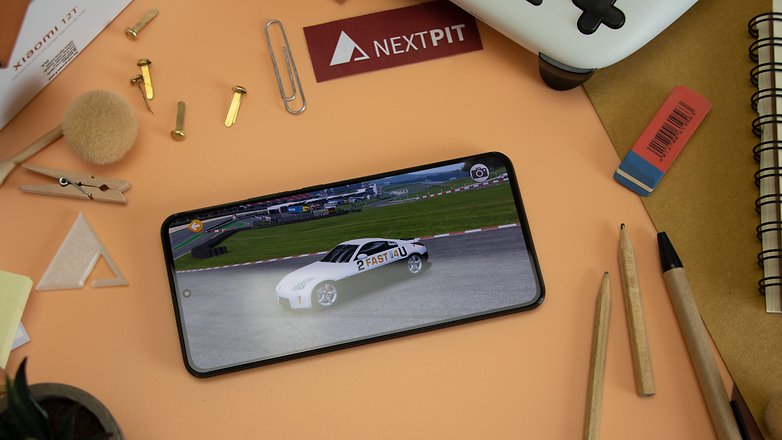
In contrast, the Snapdragon 778G from the Huawei Nova 10 Pro or Nothing Phone (1) only scored 796 and 2,974 points, respectively, albeit both were not armed with a flagship SoC either. In Geekbench 5, for example, Motorola's Edge 30 Ultra scored 1,325 points in the single-core benchmark and 4,310 points in the multi-core benchmark. In return, the processor did not seem to heat up even in performance-hungry games like Real Racing 3 and offered stable performance. It is supported by 8 GB of working memory and 256 GB of internal UFS 3.1 program memory, which by the way, is identical to the Xiaomi 12T Pro.
Xiaomi 12T camera

Xiaomi installed a triple camera at the back of its 12T. The primary sensor which is positioned in a rectangular array at the very top with a large border, as with the entire 12 series, offers a 108 MP resolution which was made possible by Samsung's ISOCELL-HM6 image sensor. The image sensor is 1/1.67 inch in size and offers a pixel size of 0.64 microns. Using the 9:1 pixel binning process - Samsung calls it "Nonapixel Plus Technology" - this value is pumped up to 1.92 micrometers. In addition, there is an 8 MP ultra-wide angle camera and a 2 MP macro camera. The latter two are also found in the Pro model, but the Xiaomi 12T Pro entices customers with a 200 MP primary camera.

I can already see them in my mind's eye: Your first comments regarding the basically useless 2 MP macro camera. Well, what can I say? Even though I thoroughly enjoyed the close-up photos on my first photo outing with the Xiaomi 12T, I agree with you. These photos would probably have been just as good with the ultra-wide angle camera. On the one hand, a triple camera sells much better in terms of marketing and on the other hand, it does not degrade the smartphone in any way. To complete the ensemble, we should also mention the 20 MP front-facing camera, which can be recognized as a punch-hole camera located at the top center of the display.
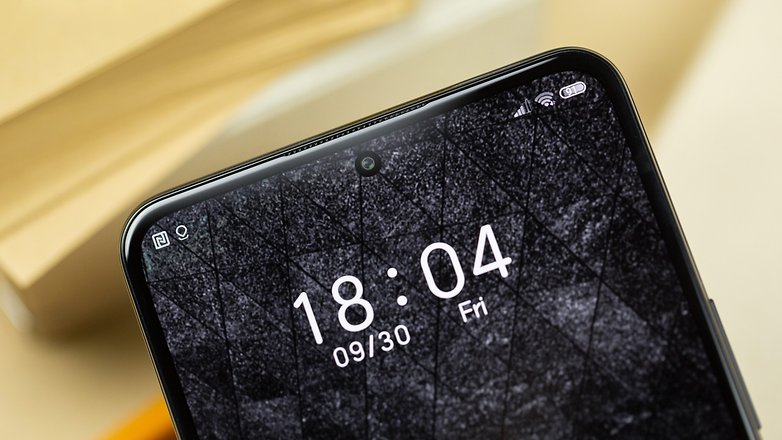
Initial photos confirm that the Xiaomi 12T takes high-quality daytime shots consistently. However, this standard discipline is now mastered by almost all known mid-range to flagship smartphones. It gets more difficult when the zoom comes into play, which I would like to leave to you to evaluate in the following photo gallery until my full review. Selfies and night pictures were also rather lovely, although the Xiaomi 12T had to deal with lens flare effects from time to time. However, this is not uncommon for cameras with a particularly large aperture when it comes to backlight. Some people are happy about such reflections for artistic purposes, but among photographers, this is considered as a sign of a poor lens. Zeiss gives smartphones like the Vivo X80 Pro a special "T*" lens with an anti-scattered light effect.
Xiaomi 12T battery

To everyone's delight, Xiaomi included a 5,000 mAh battery which is also identical to the more expensive Xiaomi 12T Pro. However, the Chinese company made us even happier with the included 120-watt HyperCharge charging brick. This is especially so when we remember that not even the high-flying Xiaomi 12S Ultra flagship was blessed with a similar accessory (review coming soon). Thus, the 12T also completely blew us away in a first charging test.
In just 5 minutes, 20 percent of the battery was already charged. After 20 minutes it was 74 percent and in only another 8 minutes, we could turn off the mains. This meant it went from 0 to 100 percent in only 28 minutes - I can live with that, how about you? Of course, you also want to know how far I can get with the fully charged battery. Give me a little more time to collect data for the detailed review. However, you should know by now that using this smartphone for two days without charging in between should not be a problem.
Early Verdict

The Xiaomi 12T, as the cheaper specimen of the two semi-flagships presented on October 4, will be priced from less than $600, which means it should sell much better in my humble opinion. The installed MediaTek Dimensity 8100 Ultra SoC, the outstanding 6.67-inch and flat AMOLED panel, stereo sound speakers, a 5,000 mAh battery with an included 120-watt power brick, and the 108 MP triple camera configuration are completely sufficient for everyday needs.
Unfortunately (according to an initial verbal statement), the Chinese manufacturer allows itself an unforgivable faux pas. Two years of system updates, where Android 13 is not even included from the beginning, is unacceptable in this day and age where Samsung grants up to five years of security updates. Let's hope that this statement will not be confirmed in writing before our detailed review.





